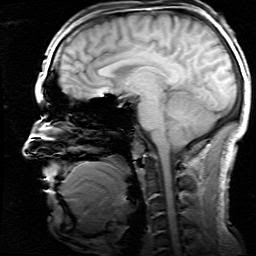This batch is slightly modified from the last version, with the modifications nearly entirely in the hops. I also added a bit of gypsum to the boil.
Transatlantic IPA 1.1
- 9 lbs. Maris Otter malt (Thomas Fawcett)
- 3 lbs. Vienna malt (Weyermann)
- 1 lb. Caravienne malt
- 0.15 lb. pale chocolate malt
- 1 oz. Bravo hops pellets (13.2% alpha, 3.5% beta), 60 minute boil
- 1 oz. U.S. Fuggle hops pellets (4.5% alpha, 3.1% beta), 20 minute boil
- 1 oz. Cascade whole hops (est. 5.5% alpha), 5 minute boil
- 2 oz. Cascade whole hops (est. 5.5% alpha), steep/whirlpool
- 2 oz. Falconer's Flight 7C's hops pellets (13% alpha), 2 week dry-hop in keg
- 1 oz. Galaxy hops pellets (13.7% alpha), 2 week dry-hop in keg
- 1 tsp. Irish moss (10 minute boil)
- 1 tsp. yeast nutrient (5 minute boil)
- 1 tsp. gypsum (added at beginning of boil)
- 1 pkg. Vermont Ale Yeast (The Yeast Bay), prepared in 1 L starter
- I made a two-step yeast starter, with the first step initiated on 14 February, 2016. This used 0.5L of water with 55 g of extra light DME and a bit of yeast nutrient. On 16 February, I cold-crashed the starter. On 17 February, I decanted most of the spent wort and then added another 1.5L of starter (165 g DME dissolved in the appropriate amount of water). On 20 February, I decanted 0.6L of the starter to a jar for storage (assuming this reached a little over 100 billion cells), and the remainder was set aside for the beer.
- Because my software calculated such a small addition for the first round of batch sparging (0.43 gallons), I figured I would just skip the first sparge round. I did notice that my wort had a little more grain material coming in from the mash tun than normal; I will have to check my crush. I also noticed on the past few batches that I've been drawing off a bit more water than anticipated (approximately an extra half-gallon); I'll have to adjust my dead-space downward on the software, too.
- I mashed in with 5.3 gallons of water at 165°, to hit a mash temperature of 152.5°. The mash was down to 149° after 40 minutes.
- After 60 minutes, I vorlaufed collected the first runnings.
- Next, I added 3.75 gallons of water at 185°, which raised the overall mash temperature to 165°. I let it rest for 10 minutes, vorlaufed, and collected the remainder of the wort.
- All together, I collected 7.1 gallons of wort with a gravity of 1.050, for a mash efficiency of 73%.
- I added all of the hops and other goodies per the schedule above, and turned off the heat after 60 minutes.
- I chilled the wort down to 76°, transferred it to the fermenter, and pitched the yeast starter. Approximately 6 gallons of wort went into the primary.
- The starting gravity for this beer is 1.060, a bit lower than calculated. I had the boil set a bit less vigorous than typical, so that along with the larger-than-anticipated wort volume likely contributed. I'm starting fermentation at ambient (65°), and will move it to my fermentation chamber once that frees up. I brewed this on 20 February. When I checked on the beer the next morning, about 8 hours after pitching the yeast, fermentation had already started.

No comments:
Post a Comment